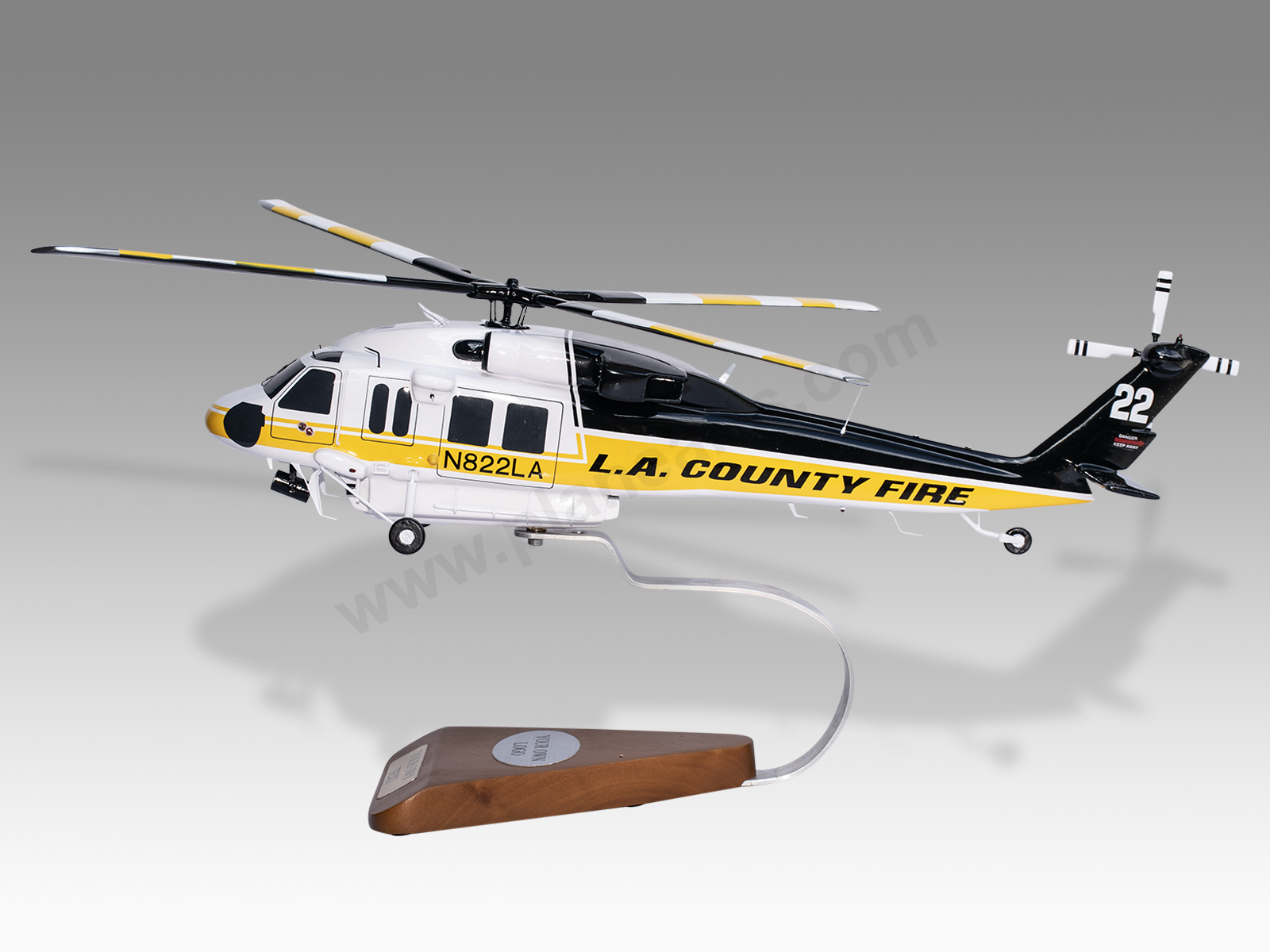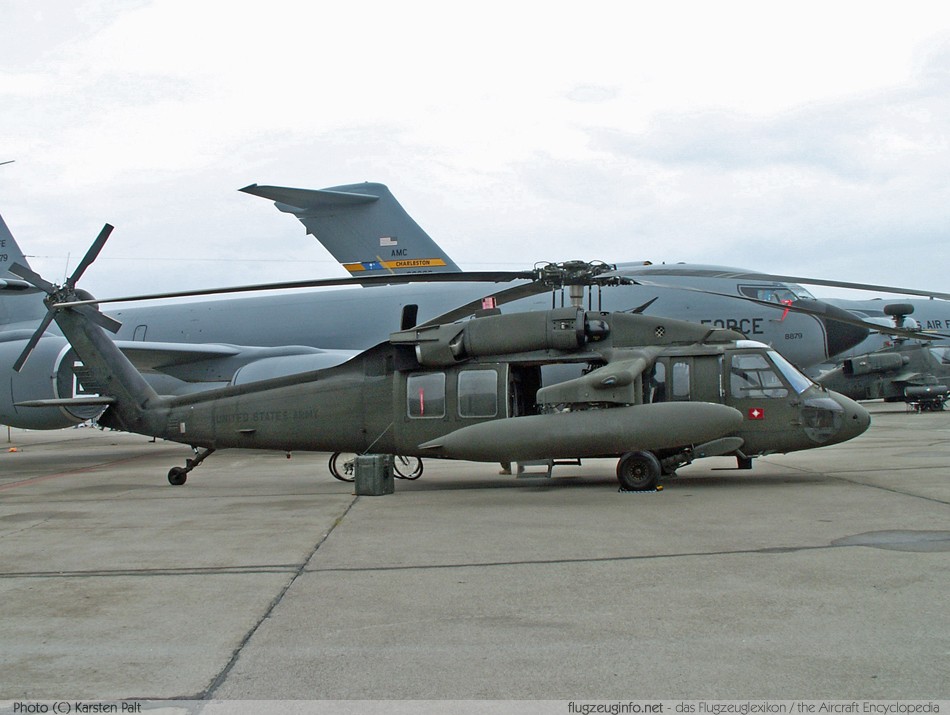Inside the Sikorsky S 70: What Sets This Helicopter Apart from Its Rivals
Inside the Sikorsky S 70: What Sets This Helicopter Apart from Its Rivals
Blog Article
High-Performance Multi-Role Rotorcraft Featuring Advanced Cabin Technologies and Integrated Sensing Unit Solutions
The world of rotorcraft innovation has actually seen significant improvements in current times, particularly in the realm of high-performance multi-role rotorcraft geared up with sophisticated cabin innovations and perfectly integrated sensing unit systems. These technologies have not only boosted the operational capacities of rotorcraft however have actually also significantly influenced modern-day air travel procedures on different fronts. From enhanced objective versatility to enhanced operational performance, the convergence of sophisticated cockpit modern technologies and integrated sensing unit systems has introduced a brand-new period of opportunities for rotorcraft applications. In the adhering to discussion, we will certainly discover the advancement of rotorcraft innovation, look into the realm of advanced cabin developments, and examine the ramifications of incorporated sensing unit systems on the operational convenience and efficiency of modern-day rotorcraft.
Evolution of Rotorcraft Modern Technology
The advancement of rotorcraft innovation has been marked by considerable advancements in the rules of aerodynamics, products, and propulsion systems, forming the capacities and performance of contemporary rotorcraft. Furthermore, innovations in propulsion systems, including extra powerful engines and ingenious propulsion technologies, have actually made it possible for rotorcraft to achieve higher elevations, faster rates, and higher hauls.
These improvements have not just transformed the capacities of rotorcraft however have additionally broadened their applications throughout various industries, consisting of armed forces, business, and emergency solutions. The continual advancement of rotorcraft innovation remains to drive development in the field, pushing the limits of what is feasible and shaping the future of vertical flight.
Advanced Cabin Innovations
Building upon the foundational improvements in aerodynamics, materials, and propulsion systems, the realm of rotorcraft technology currently shifts emphasis towards pioneering Advanced Cabin Innovations. The assimilation of cutting-edge technologies within the cockpit setting plays a crucial role in boosting the operational capabilities, safety, and efficiency of modern-day rotorcraft. sikorsky s 70. Advanced Cockpit Innovations incorporate a large range of features designed to offer pilots with enhanced situational understanding, streamlined information monitoring, and intuitive control user interfaces
One of the essential advancements in cabin design is the execution of glass cockpits, which replace typical analog evaluates with high-resolution screens. These electronic systems use customizable formats, real-time information combination, and improved readability, making it possible for pilots to gain access to vital details at a look. Progressed avionics systems, such as fly-by-wire controls and increased reality displays, are reinventing how pilots interact with the airplane, allowing for accurate control and boosted decision-making capacities.


Integrating advanced cockpit technologies not just improves pilot performance yet additionally contributes to overall mission efficiency and safety and security in complicated operational atmospheres. By leveraging modern technologies within the cockpit, rotorcraft manufacturers are establishing new standards for functional excellence and goal success.
Integrated Sensing Unit Solutions
With the development of rotorcraft technology, the assimilation of advanced Integrated Sensor Solution has actually ended up being vital in enhancing functional efficiency and safety. These Integrated Sensor Systems encompass a broad range of innovations that provide crucial data for various features such as navigating, surveillance, targeting, and ecological monitoring. By perfectly integrating sensing units like radars, cams, lidar, and infrared systems into rotorcraft, drivers can profit from improved situational awareness, improved objective abilities, and lowered pilot workload.
One key benefit of Integrated Sensing unit Systems is their capacity to gather real-time information and give workable understandings to pilots and mission drivers. Advanced radar Continue systems can detect and track targets over long ranges, permitting for very early hazard discovery and reliable reaction planning. In addition, incorporating infrared and electro-optical cameras makes it possible for rotorcraft to conduct reconnaissance and security goals with accuracy and accuracy.
Fundamentally, the assimilation of innovative sensor technologies into rotorcraft not only improves operational efficiency but likewise contributes substantially to total objective success and team safety and security. As rotorcraft proceed to advance, the duty of Integrated Sensing unit Solution will definitely continue to be at the leading edge of innovation in the aerospace sector.
Operational Flexibility and Efficiency
Enhancing functional convenience and efficiency in rotorcraft is a natural progression from the integration of sophisticated Integrated Sensing unit Equipments. By leveraging the information and understandings supplied by these cutting-edge sensing unit systems, rotorcraft can enhance their performance across different goals and environments.
Functional versatility encompasses the capacity of rotorcraft to adapt to various functions and circumstances effectively. With advanced cockpit Continue modern technologies and integrated sensing unit systems, rotorcraft can perfectly transition between tasks such as search and rescue, clinical discharge, surveillance, and extra. This convenience improves the rotorcraft's ability to satisfy diverse operational requirements without calling for comprehensive reconfiguration.
Performance in rotorcraft operations is essential for making best use of mission efficiency and resource use. Integrated sensor systems play a crucial duty in enhancing functional efficiency by giving real-time data on weather condition problems, terrain mapping, target tracking, and more. This data enables pilots to make enlightened decisions promptly, maximize flight paths, conserve fuel, and boost overall goal productivity.
Influence On Modern Aeronautics Workflow

Moreover, the integration of innovative sensing units assists in improved objective preparation and implementation, enabling rotorcraft to execute a large range of tasks with boosted accuracy. From search and rescue operations to aerial firefighting and police objectives, the capacities of modern rotorcraft furnished with sophisticated cabin modern technologies and incorporated sensing unit systems i thought about this are unequaled.
Additionally, the influence of these improvements extends beyond functional effectiveness to cost-effectiveness and sustainability. By maximizing trip paths, gas consumption, and upkeep timetables, high-performance rotorcraft outfitted with advanced cabin modern technologies and sensors add to minimizing operational costs and environmental effect, making them vital properties in contemporary aeronautics operations.
Conclusion
Finally, the high-performance multi-role rotorcraft with sophisticated cabin modern technologies and integrated sensing unit systems represents a significant advancement in air travel modern technology. These developments enhance operational convenience and efficiency, inevitably impacting contemporary air travel procedures in a favorable way. The integration of these sophisticated innovations permits for enhanced abilities and efficiency in various goal scenarios, showcasing the proceeded innovation of rotorcraft modern technology in the air travel market.
The realm of rotorcraft modern technology has actually seen remarkable advancements in recent times, especially in the world of high-performance multi-role rotorcraft geared up with advanced cockpit technologies and seamlessly integrated sensing unit systems. From enhanced goal adaptability to improved operational performance, the convergence of sophisticated cockpit modern technologies and incorporated sensing unit systems has ushered in a new age of opportunities for rotorcraft applications. In the complying with discussion, we will certainly discover the development of rotorcraft innovation, delve into the realm of innovative cockpit technologies, and take a look at the implications of incorporated sensing unit systems on the functional flexibility and efficiency of modern rotorcraft.

Report this page